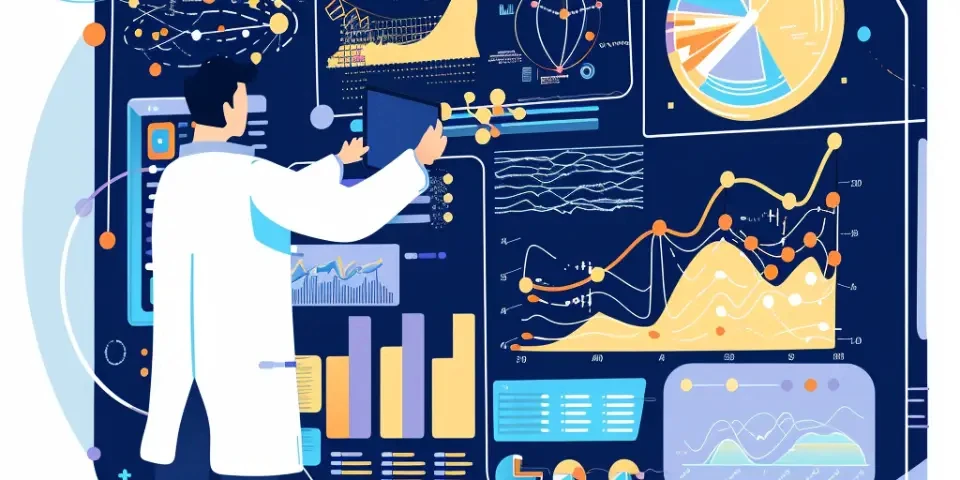Data analysis plays a crucial role in extracting valuable insights and making informed decisions. Snowflake, a cloud-based data platform, offers a powerful feature called Array Intersection that enhances the capabilities of data analysis. In this article, we will explore the potential of Snowflake Array Intersection and understand how it can revolutionize advanced data analysis.
1. Introduction to Snowflake Array Intersection
Snowflake Array Intersection is a built-in SQL function that allows users to compare and analyze arrays within a dataset. It enables the identification of common elements or matches between arrays, providing valuable insights into the relationships and patterns present in the data.

This feature opens up opportunities for advanced data analysis techniques such as market basket analysis, customer segmentation, and anomaly detection. By leveraging Array Intersection, analysts can unleash the full potential of their data and derive actionable insights.
2. Understanding Array Intersection Syntax
The syntax for Snowflake Array Intersection is straightforward. It involves two arrays as input parameters, and the output is the array of common elements present in both arrays. Let's consider an example:
SELECT ARRAY_INTERSECTION(ARRAY Snowflake Documentation: https://docs.snowflake.com/en/sql-reference/functions/array_intersection.html






